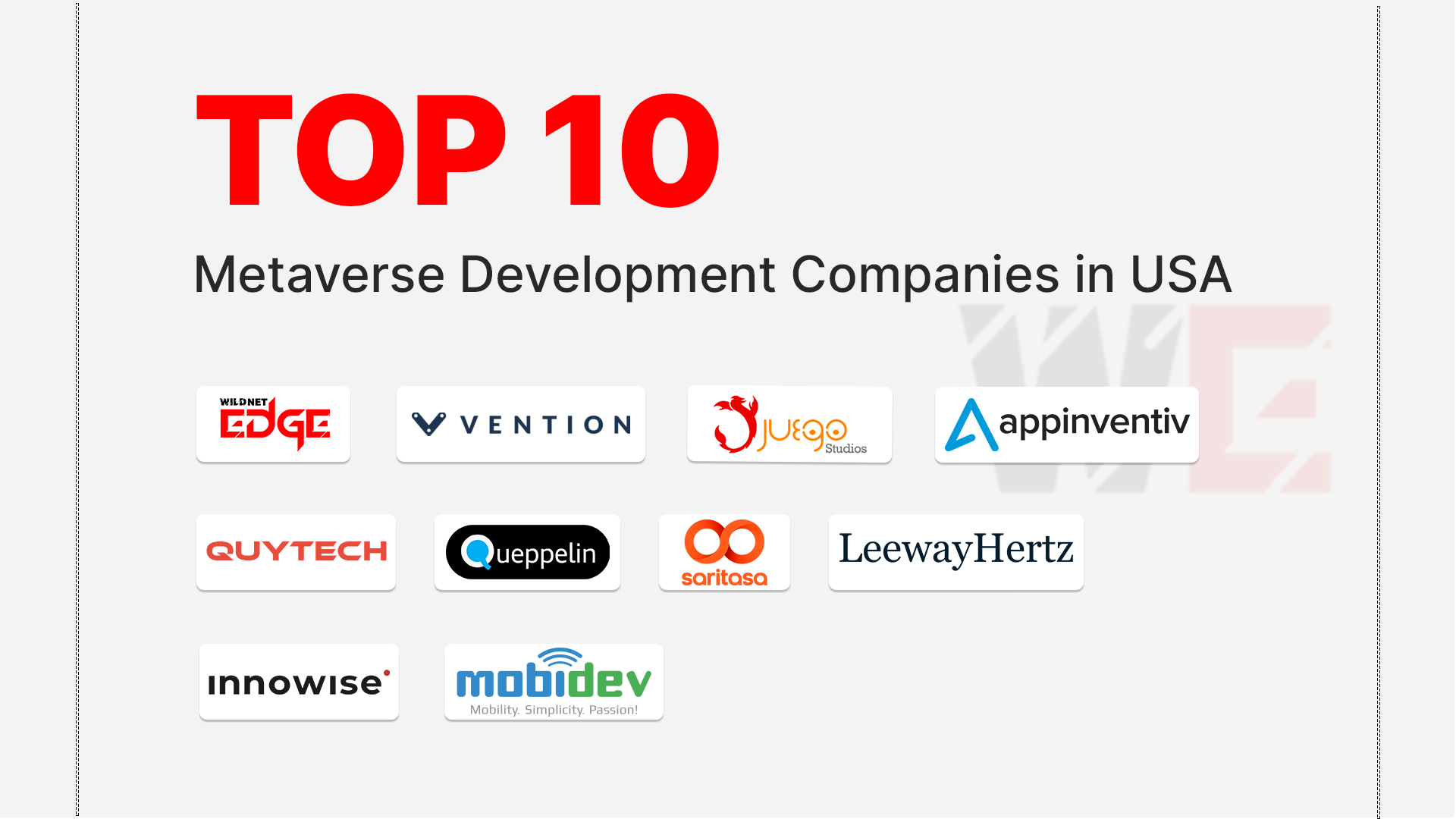Struggling to choose between Kubernetes vs Docker Swarm? You’re not alone. With container orchestration dominating modern development workflows, picking the right tool can make or break your scaling efforts. In this guide, we’ll cut through the noise and give you a clear answer so you can confidently decide which platform suits your needs in 2025. Whether you’re managing a startup’s microservices or running enterprise-grade platforms, understanding the nuances of these two leading orchestration tools is critical to your success.
Understanding Container Orchestration
Container orchestration is the automated management of containerized applications — think deployment, networking, scaling, and lifecycle operations. As organizations adopt microservices and cloud-native architectures, orchestration tools have become indispensable for handling container complexity at scale.
At its core, orchestration ensures that containers run reliably, are seamlessly connected, and adapt dynamically to changing workloads. It frees teams from manual container management pain points, enabling faster delivery and higher operational efficiency.
Both Kubernetes and Docker Swarm automate core operations such as:
- Container deployment across a cluster of hosts
- Networking between containers and services
- Load balancing for distributing traffic
- Health monitoring and self-healing of containers
- Rolling updates and rollbacks to minimize downtime
Orchestration is especially vital when your application involves dozens or hundreds of containers that need to be scaled or moved without downtime. Orchestration tools handle resource utilization efficiently, monitor the state of containers, and ensure your desired system state is always maintained.
In 2025, the importance of orchestration has only increased with complex multi-cloud environments, edge computing, and advanced CI/CD pipelines demanding both automated container scaling and high availability. Choosing the right orchestration solution means balancing complexity, tooling ecosystem, and container scaling capabilities apt for your operations.
Deep Dive into Kubernetes and Docker Swarm
Kubernetes Architecture Overview
Kubernetes architecture is designed for robustness, extensibility, and large-scale application deployment. It operates with two primary types of nodes:
- Master nodes: Responsible for managing the cluster, making scheduling decisions, maintaining cluster state, and exposing APIs for interaction. Core components here include etcd (a distributed key-value store), API server, controller manager, and scheduler.
- Worker nodes: These run your containers packaged as Pods. The Kubelet agent on each node communicates with the master to receive instructions.
Kubernetes boasts declarative configuration, meaning you define your desired system state via YAML manifests, and Kubernetes continuously works to achieve and maintain it. It supports extensive components like Custom Resource Definitions (CRDs), Operators, and controllers to extend its functionality.
Docker Swarm Architecture Overview
Docker Swarm follows a simpler model designed for ease of use and quick deployment. Swarm clusters have:
- Manager nodes: Oversee cluster management, maintain the desired state, and manage the cluster via the Raft consensus algorithm.
- Worker nodes: These nodes run the containers and execute tasks assigned by manager nodes.
Swarm prioritizes tight integration with the Docker CLI and Docker Compose files, making container orchestration familiar to Docker users without steep learning curves. It offers built-in service discovery, load balancing, and simple rolling updates.
Deployment Models and Ecosystem Support
- Kubernetes supports multi-cloud, hybrid cloud, and on-premises deployments with extensive integrations across Google Cloud, AWS, Azure, and more — making it the go-to orchestration solution for complex enterprise setups looking for portability and vendor neutrality. It also supports multi-cluster management and federation strategies.
- Docker Swarm is best suited to smaller clusters or developer environments where quick setup and simplicity matter more than complex scaling or ecosystem extensibility.
Native Tooling and Integrations
- Kubernetes benefits from a rich ecosystem with CNCF-certified projects like Helm (package manager), Prometheus (monitoring), Istio (service mesh), and advanced CI/CD tooling like ArgoCD and Flux.
- Docker Swarm integrates natively with Docker Compose and Docker CLI, delivering developer-friendly tools without additional complexity.
In 2025, Kubernetes continues to dominate heavy enterprise workloads and cloud-native implementations, while Docker Swarm thrives in simpler container setups and edge use cases where resource overhead matters.
Container Scaling Capabilities Comparison
Scaling containers efficiently is critical for performance, cost, and user experience. Both Kubernetes and Docker Swarm support container scaling but differ significantly in their approaches.
Kubernetes Horizontal Pod Autoscaler and Scaling Policies
Kubernetes offers a powerful, automated scaling mechanism: the Horizontal Pod Autoscaler (HPA). HPA dynamically adjusts the number of pod replicas based on observed metrics like CPU utilization, memory usage, or even custom metrics from Prometheus or other monitoring systems.
Key features include:
- Dynamic, metric-based scaling: Automatically scale up or down in real-time without manual intervention.
- Granular control: Supports custom scaling policies, thresholds, and cooldown periods.
- Integration: Works seamlessly with Custom Metrics API, allowing scaling on business-specific indicators (e.g., request latency).
Moreover, Kubernetes supports vertical scaling via Vertical Pod Autoscaler (adjusting resource requests), cluster autoscaling to add or remove nodes based on pod pressure, and advanced load balancing through Services and ingress controllers.
Docker Swarm Service Scaling Commands and Limitations
Docker Swarm scaling remains more manual and less granular:
- Scaling services typically involves running simple commands such as docker service scale myservice=5 to increase or decrease replicas.
- While you can automate scaling through scripts or external orchestrators, Docker Swarm lacks native integration for metrics-driven autoscaling — limiting its ability to react dynamically to fluctuating loads compared to Kubernetes.
Swarm’s simpler approach trades sophistication for ease of use but might struggle with unpredictable load spikes or complex multi-metric scaling policies.
Impact of Scaling on Performance and Resource Utilization
- Kubernetes, through its robust scaling tools, optimizes resource utilization by adjusting container count precisely and intelligently — resulting in potential cost savings and better fault tolerance.
- Swarm’s manual scaling may lead to overprovisioning or latency issues if load patterns aren’t perfectly predicted.
Real-World Scaling Use Cases and Scenarios
- Enterprises running SaaS platforms use Kubernetes autoscaling to maintain SLA commitments during high-traffic events without downtime.
- Smaller teams and startups with stable workloads rely on Docker Swarm’s quick scaling commands for day-to-day operations without additional automation overhead.
In 2025, container scaling isn’t just about adding more instances. It’s about responsiveness, intelligent resource allocation, and minimizing operational complexity—areas where Kubernetes excels at scale.
Current Trends and Advanced Use Cases in 2025
The container orchestration space continues to evolve rapidly. Here’s what’s shaping the Kubernetes vs Docker Swarm debate in 2025.
Increasing Adoption of Kubernetes in Large-Scale Production Environments
Kubernetes has cemented its position as the industry standard for container orchestration, powering thousands of production environments globally. Its adaptability for complex workflows, support for hybrid deployments, and vast tooling ecosystem make it the preferred choice for enterprises:
- Adoption in AI/ML pipelines, real-time financial services, telecom (5G edge computing), and IoT device orchestration.
- Native support for GitOps and declarative infrastructure to streamline CI/CD workflows.
Docker Swarm’s Niche in Simpler, Smaller Deployments
While Kubernetes expands, Docker Swarm holds strong in scenarios requiring:
- Fast developer onboarding with minimal learning curve.
- Lightweight edge use cases where resource overhead must be minimal.
- Single-cloud or on-premise microclusters for small to medium apps.
Integration with Cloud-Native Tools and CI/CD Pipelines
Kubernetes drives advanced CI/CD, leveraging tools like Jenkins X, Tekton, ArgoCD, and GitHub Actions with native Kubernetes support. These tools automate testing, deployment, scaling, and rollback with end-to-end visibility.
Docker Swarm supports basic integration with Docker-centric pipelines but lacks the same level of extensibility, monitoring, and automation found in Kubernetes ecosystems.
Security Enhancements and Multi-Cluster Management
Security continues to be a top priority, with Kubernetes in 2025 offering:
- Built-in secrets management, network policies, Role-Based Access Control (RBAC), and policy enforcement via OPA/Gatekeeper.
- Multi-cluster management, enabling global scale deployments with centralized control.
Docker Swarm’s security is simpler but less flexible, suitable for trusted environments but less ideal for segmented or multi-tenant production scenarios.
Conclusion
Choosing the right container orchestration tool depends on your specific needs around scalability, complexity, and ecosystem compatibility. Kubernetes offers robust, enterprise-level orchestration with powerful container scaling capabilities, extensive ecosystem integration, and advanced security features suited for large, dynamic production environments in 2025.
On the other hand, Docker Swarm keeps things simple and developer-friendly, ideal for smaller teams, less complex applications, or edge use cases prioritizing ease and speed over intricate scaling and management.
For businesses ready to optimize their infrastructure in 2025, partnering with a trusted expert like WildnetEdge ensures you implement the ideal solution tailored to your growth ambitions. With industry-leading insights, practical guidance, and hands-on expertise, WildnetEdge helps you streamline your container strategy and scale seamlessly.
FAQs
Q1: What is the main difference between Kubernetes and Docker Swarm orchestration?
Kubernetes offers a more complex, feature-rich orchestration suited for large-scale deployments, while Docker Swarm provides a simpler, easier-to-use orchestration solution focused on quick setup and smaller environments.
Q2: How does container scaling vary between Kubernetes and Docker Swarm?
Kubernetes supports automated, granular container scaling through the Horizontal Pod Autoscaler, whereas Docker Swarm offers manual or limited automatic scaling with fewer configuration options.
Q3: Which orchestration tool is better for handling multi-cloud or hybrid cloud environments?
Kubernetes is generally better suited for multi-cloud and hybrid cloud due to its extensive ecosystem and native support for diverse infrastructure, unlike Docker Swarm which is more focused on single-cluster setups.
Q4: Can Docker Swarm integrate with existing CI/CD pipelines as effectively as Kubernetes?
Docker Swarm integrates well with basic CI/CD workflows but lacks some advanced automation features and extensibility that Kubernetes provides for complex deployment pipelines.
Q5: What are the cost implications of using Kubernetes compared to Docker Swarm?
Kubernetes can have higher operational costs due to its complexity and resource overhead, while Docker Swarm typically offers lower costs with easier management, ideal for smaller teams or projects.

Nitin Agarwal is a veteran in custom software development. He is fascinated by how software can turn ideas into real-world solutions. With extensive experience designing scalable and efficient systems, he focuses on creating software that delivers tangible results. Nitin enjoys exploring emerging technologies, taking on challenging projects, and mentoring teams to bring ideas to life. He believes that good software is not just about code; it’s about understanding problems and creating value for users. For him, great software combines thoughtful design, clever engineering, and a clear understanding of the problems it’s meant to solve.
 sales@wildnetedge.com
sales@wildnetedge.com +1 (212) 901 8616
+1 (212) 901 8616 +1 (437) 225-7733
+1 (437) 225-7733































